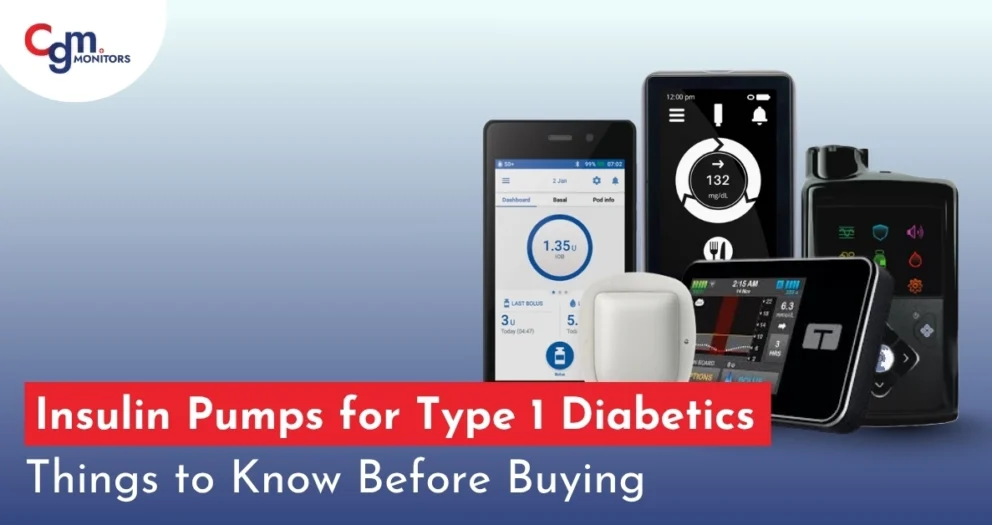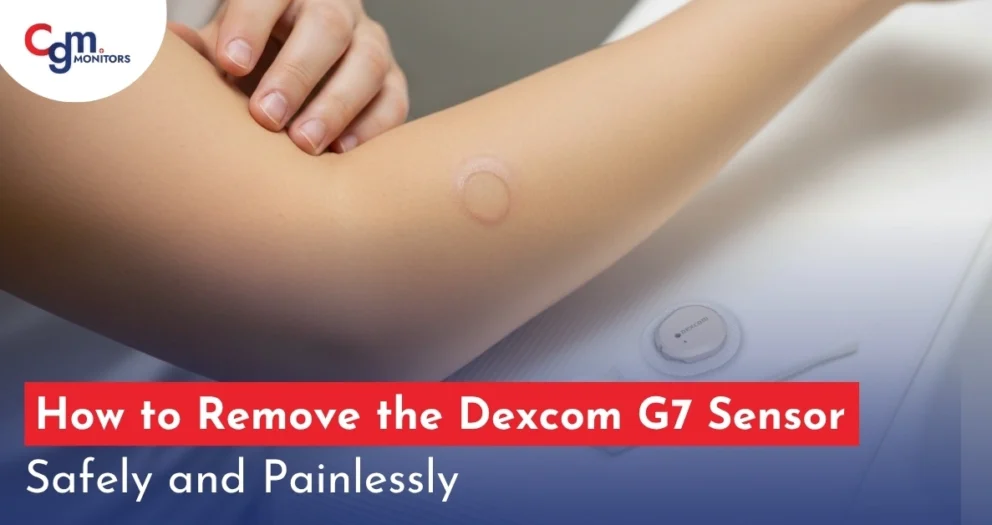Table of content
- 1. Unboxing Your Medtronic Guardian Sensor 4
- 2. Preparing for Medtronic Guardian Sensor 4 Insertion
- 3. Guardian 4 Sensor Insertion Process
- 4. Medtronic Guardian Sensor 4 Updating
- 5. Medtronic Guardian Sensor 4 Replacement
- 6. Common Medtronic Guardian 4 Sensor Problems & Solutions
- Final Thoughts on Using Sensor
The Medtronic Guardian sensor 4 is an innovative technology. It helps patients to manage their diabetes more effectively. It constantly monitors the level of glucose and seamlessly integrates with insulin pumps. It doesn’t matter if you’re a first-time user or are replacing an older device; knowing the correct procedures for setting the Guardian 4 sensor is essential. This guide will take you through the setup process, troubleshooting techniques, and solutions to the most common problems you’ll face.
1. Unboxing Your Medtronic Guardian Sensor 4
Before installing your Medtronic Guardian 4 sensor, ensure you have all the necessary components needed for the insertion and activation. The package should contain:
- Medtronic Guardian 4 sensor
- Sensor insertion device
- Cleaning alcohol wipes
- User manual for reference
2. Preparing for Medtronic Guardian Sensor 4 Insertion
The most crucial action to take when installing the Medtronic Guardian sensor 4 is making sure that the place of insertion is free of lotions or oils. This will prevent irritation and increase the adhesiveness of the sensor to the skin.
- Clean the area of the insertion Area: Using an alcohol wipe, cleanse the area where you plan to place the Guardian 4 sensor. The most common places for inserting are on the abdominal or the upper buttocks, based on your lifestyle and comfort.
3. Guardian 4 Sensor Insertion Process
For proper Medtronic Guardian 4 sensor insertion, follow these steps:
- Load the sensor into the Insertion device: Start by placing the Medtronic Guardian 4 sensor in the sensor insertion device. Be sure that the sensor is secured.
- Place the device in its position: Hold the device at a 45-degree angle to your skin. Ensure that the sensor is correctly inserted. The device should be gently pressed against your skin where you’ve cleaned your insertion area.
- Start the Insertion: Hit the buttons on your device to let the sensor go. This will allow you to insert the sensor under the skin. Make sure you follow through with any additional directions provided in the user’s guide.
- Activate the Sensor: Once the sensor is installed, it needs to be activated with a Medtronic device or a compatible insulin pump. Typically, you’ll have to ensure that the sensor is installed correctly and is in contact with your medical device.
4. Medtronic Guardian Sensor 4 Updating
Once the sensor has been inserted, you need Medtronic Guardian 4 Sensor Updating before it can provide precise glucose readings. This is necessary to ensure that the device is operating properly.
- Connect your device: Use the Medtronic Guardian 4 sensor with your insulin pump or continuous glucose monitor (CGM). Ensure your device is connected to the sensor before monitoring your glucose.
- Sensor Calibration: The sensor could require calibration at the beginning of its insertion. Calibration is usually a straightforward process of logging the blood sugar readings in the device at the appropriate intervals. This ensures that your Medtronic Guardian sensor can provide the most precise glucose readings.
- Sensor Warm-Up Period: The Guardian 4 sensor requires a warm-up period. The warm-up period is approximately two hours before it begins, giving constant glucose measurements. In this period, the sensor is being absorbed by the skin and is synchronizing with your smartphone.
5. Medtronic Guardian Sensor 4 Replacement
The Medtronic Guardian 4 sensor replacement is crucial to ensure that you continuously monitor glucose. It is recommended that the sensor be replaced every seven days.
- Remove the old sensor: Carefully, gently peel it away from your skin. It is essential to take it off slowly to keep it from irritating.
- Add the new sensor: Follow the same steps for inserting the brand-new sensor, as previously explained in this article.
- Update your device: After inserting the new sensor, make sure to update the insulin pump on your CGM device to make sure it’s in sync with that new sensor. It is possible to calibrate following the replacement.
6. Common Medtronic Guardian 4 Sensor Problems & Solutions
The Medtronic Guardian sensor was made to be user-friendly, but you could run into some problems during installation or in daily usage. Here are a few typical Guardian 4 sensor problems & Solutions for troubleshooting:
Problem 1: Sensor Not Connecting to the Device
Solution: Ensure your sensor has been correctly inserted and the connection between your devices and the sensor is safe. Try to sync the sensor again with your device. If the issue continues, look for any updates to your pump or CGM software.
Problem 2: Sensor Shows Error Messages
Solutions: If you see errors like “Sensor Failure,” try restarting your device or replacing the sensor with a fresh one. Refer to your user’s manual or call Medtronic support for assistance with troubleshooting.
Problem 3: Sensor Site Irritation
Solutions: If the sensor is inflamed or itchy, remove it and cleanse it using an alcohol wipe. It is also possible to test putting the sensor in another location within your body. If irritation persists, speak to your physician.
Final Thoughts on Using Sensor
The Medtronic Guardian 4 sensor is a reliable and efficient tool for controlling diabetes. After the proper installation, ensuring the sensor insertion is correct and understanding how to fix and replace the sensor will be essential to its long-term effectiveness. Should you be operating this Guardian 4 sensor for the first time or need guidance in fixing and maintaining it, the above guide should have equipped you with what you need.
If you persist in experiencing difficulties with your Medtronic Guardian 4 sensor, get help from Medtronic support to have a more personal touch. So that your sensor works fine, it will let you maintain better control over your blood sugar and have a better life.
How long will the Medtronic Guardian 4 sensor last?
The Medtronic Guardian 4 sensor is designed to last for a minimum of 7 days before it has to be replaced.
What can I do when my Guardian 4 sensor isn't connecting to my device?
Make sure the sensor is properly installed and synced to your device. If the problem continues, then restart your device and contact Medtronic support.
Can I use the Medtronic Guardian 4 sensor for exercises or sports?
Yes, the Guardian 4 is a good choice. The Guardian 4 sensor is designed for most routine activities, like exercising. Make sure it’s secured and does not cause irritation.
How often do I need to calibrate the Guardian 4 sensor?
The calibration process is usually required before using sensors and in the initial few days. Follow the directions in the user’s manual or your device’s settings.
What should I do if my sensor's site becomes inflamed?
If you notice irritation, take the sensor off, wash the area, and try a new location for the sensor to be inserted. Try using barrier wipes to reduce irritation.







Write a comment
Your email address will not be published. All fields are required